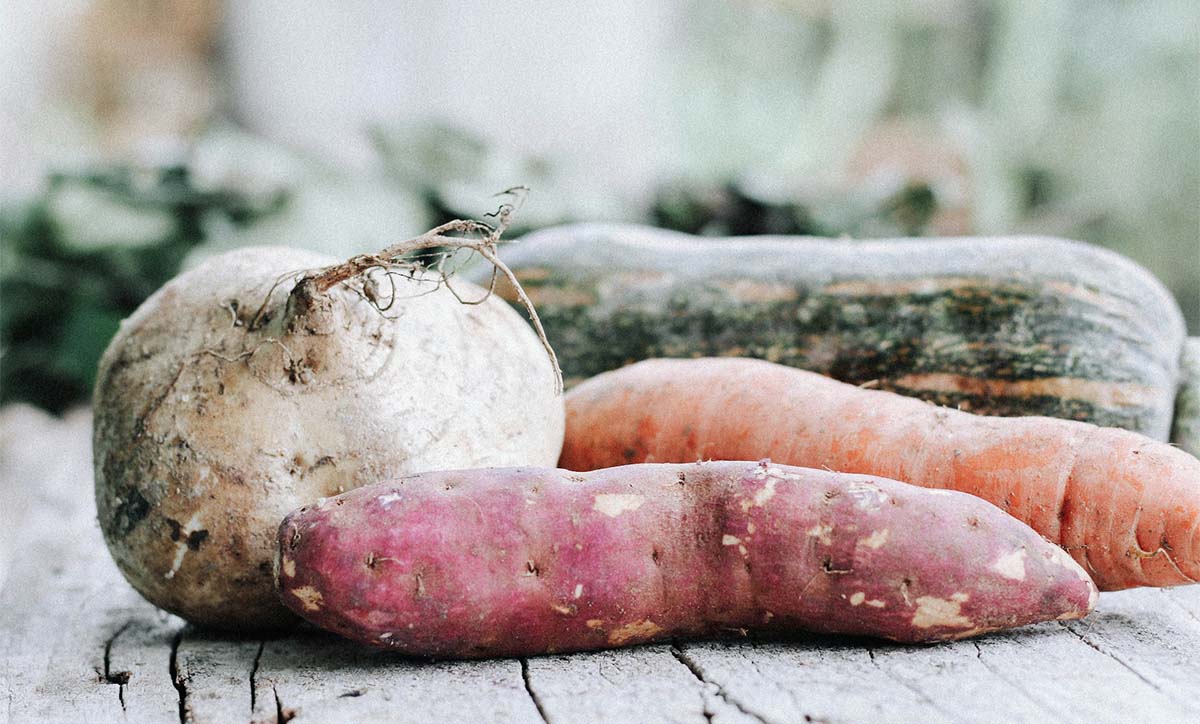Root vegetables, often regarded as humble staples, have been an integral part of diets across the globe for centuries. These underground gems, which include carrots, potatoes, beets, radishes, and turnips, hold a fascinating world of flavors, textures, and culinary potential. Despite their unassuming appearance, root vegetables are culinary powerhouses that deserve a closer look.
A Deep Dive into Diversity
The variety within the category of root vegetables is astonishing. From sweet and crunchy carrots to starchy and filling sweet potatoes, each type brings something unique to the table. Consider parsnips, often overshadowed by their carrot cousins but boasting a sweet, nutty flavor that shines in roasted dishes and soups. Then there are the bright and peppery radishes, which add a refreshing crunch to salads or a zesty kick when pickled.
Root vegetables are not limited to the familiar options. Exotic varieties like taro, cassava, and salsify are celebrated staples in many cultures. For instance, cassava, a tuber originating in South America, is the foundation of tapioca and a vital carbohydrate source in tropical countries. Meanwhile, taro’s creamy texture and earthy flavor make it a beloved ingredient in Asian and Polynesian cuisines. These lesser-known varieties highlight the global importance and versatility of root vegetables.
Nature’s Storage Units
What makes root vegetables remarkable is their ability to store energy underground in the form of starches and sugars. This natural design allows them to remain fresh for extended periods, making them a reliable food source during long winters or in regions with limited growing seasons. Their resilience has made them indispensable in times of scarcity throughout history.
The hearty nature of root vegetables also translates to their adaptability in the kitchen. They can be roasted, boiled, mashed, fried, or even eaten raw, depending on the variety. For instance, a roasted beet transforms into a sweet and tender treat, while raw jicama offers a crisp, refreshing snack. Potatoes and yams, versatile staples in countless dishes worldwide, can be baked, mashed, or fried to perfection, showcasing their unmatched culinary flexibility.
Rooted in Culture
Root vegetables have deep cultural significance in many parts of the world. In Ireland, potatoes have long been a symbol of sustenance and history, particularly tied to the country’s agricultural past. In Japan, daikon radish is a staple ingredient, appearing in soups, pickles, and grated as a garnish. In the Andes region of South America, native varieties of potatoes are revered not only for their nutritional value but also as a connection to ancient agricultural traditions.
Despite their long history, root vegetables continue to evolve in the modern culinary world. They’re increasingly appreciated for their nutritional benefits and adaptability to diverse cuisines. Whether it’s the resurgence of heirloom varieties in farmers’ markets or the creative ways chefs incorporate them into gourmet dishes, root vegetables are experiencing a renaissance.
Discovering the Hidden Potential
Root vegetables are more than just ingredients; they’re a testament to nature’s ingenuity. Their ability to thrive in challenging conditions, store well, and provide abundant nutrients underscores their role as essential staples. Exploring the hidden world of root vegetables reveals not only their culinary versatility but also their cultural and historical significance.
Next time you pick up a potato, carrot, or beet, consider the journey it has taken to reach your plate. With their rich diversity and adaptability, root vegetables deserve to be celebrated and explored in new and exciting ways. Whether you’re creating a hearty stew, crisp salad, or comforting mash, these underground treasures are sure to bring a world of flavor to your table.

